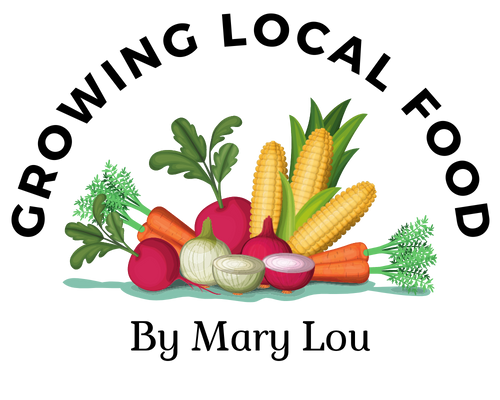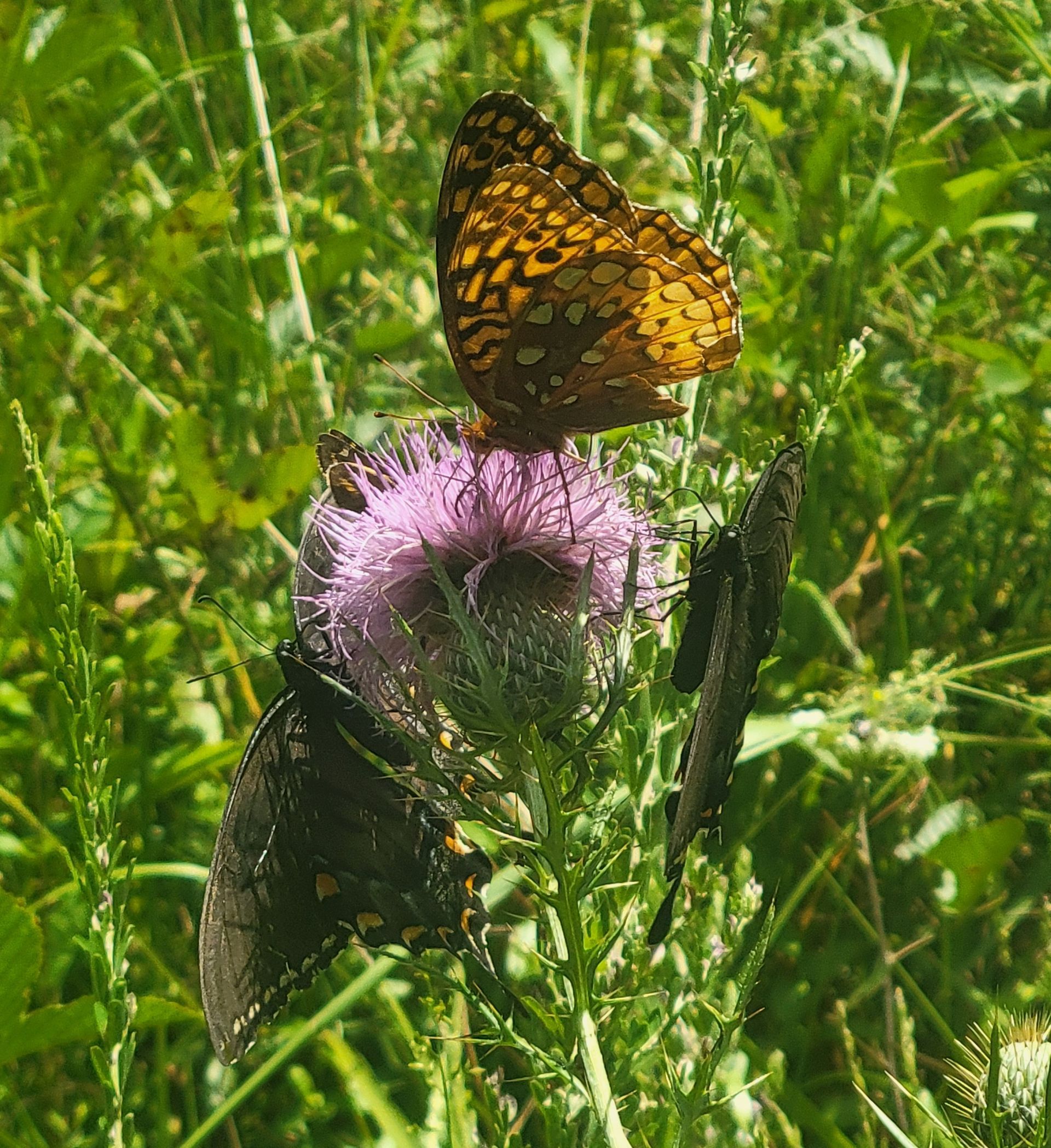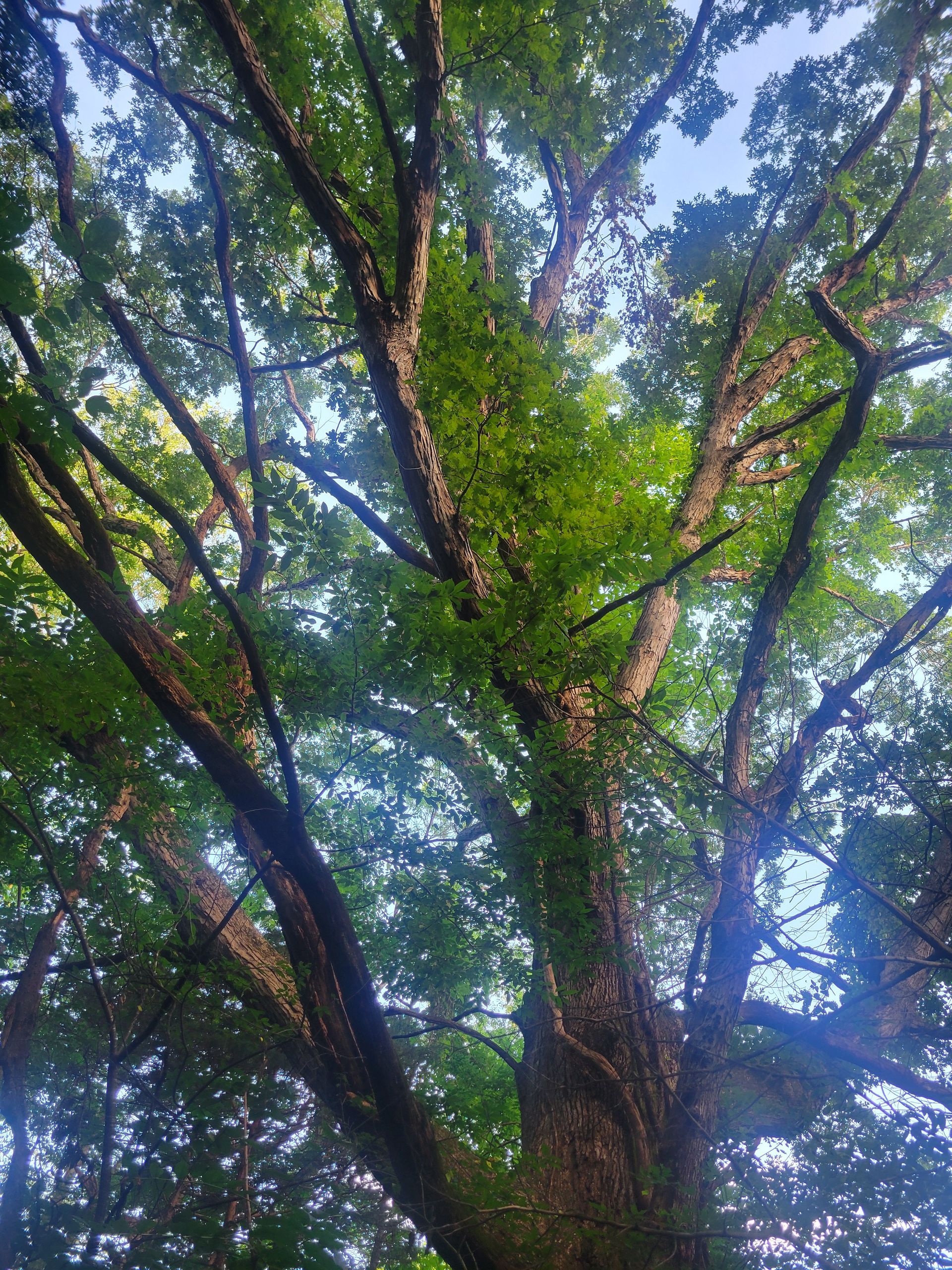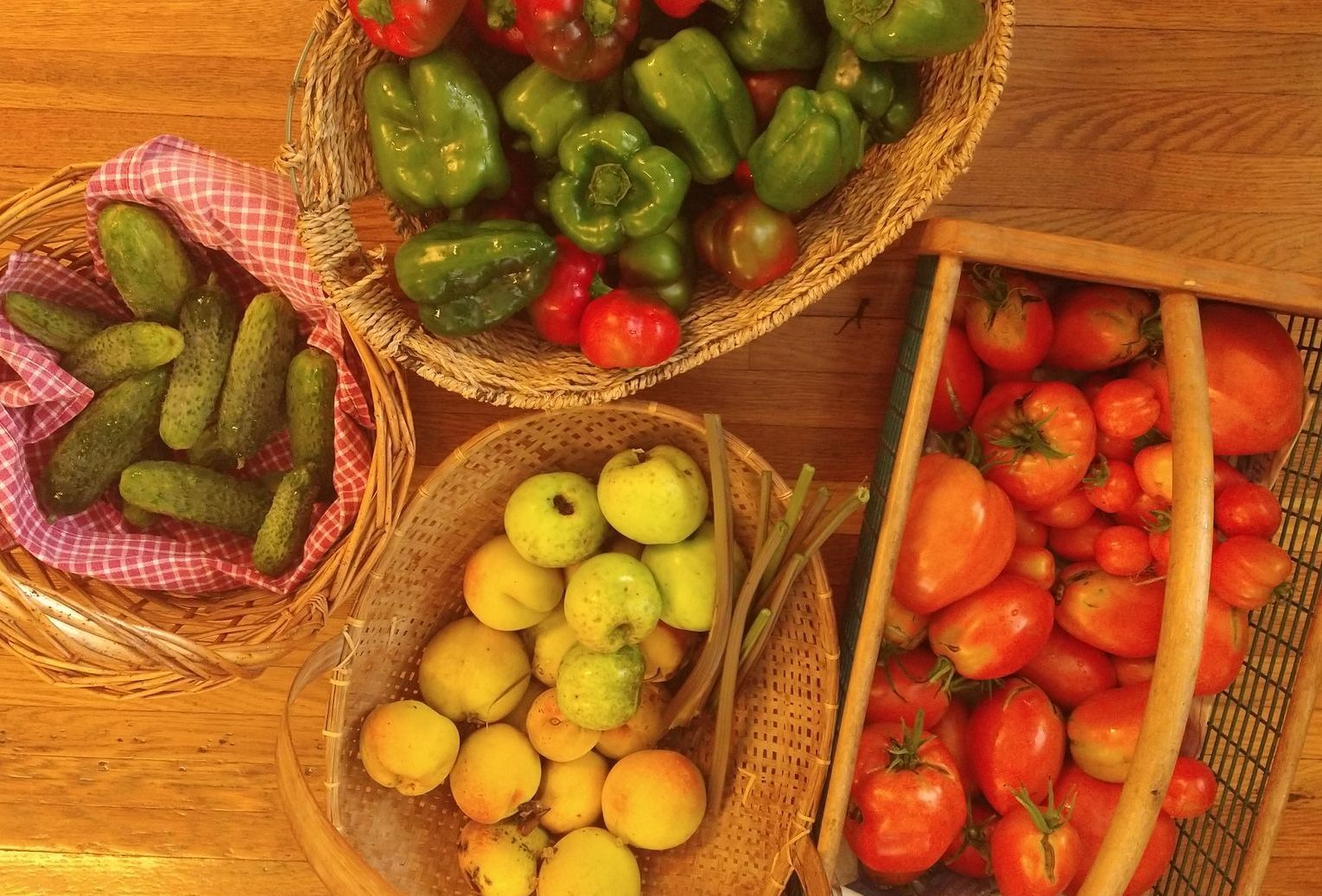Individual and Community Gardening: Cultivating a Shared Vision of Food Sovereignty
Why Grow Food Locally?
You’ve chosen to peruse this blog for a reason that must include either beginning or continuing to grow food-- beautiful, nutritious, and bountiful food. My husband and I have been able to grow most of the food that we eat without chemicals and without continually buying inputs like fertilizers. This has been an ongoing and enjoyable learning curve that I now want to share with you.
How I began Growing Food:
I began as a family doctor who stressed preventive medicine. That’s not easy when so many of us eat fast food or processed food from grocery stores. So now I’m a “farmer” of sorts. But it’s the type of farmer that any of us can be on some scale. What makes me want to share is for your good health, but it's also because growing food is satisfying and so much fun.
We Each Have Many Reasons for Wanting to Grow Food:
To begin this topic, let’s list all the reasons we might have for growing our own food:
- We want tasty and nutritious food.
- We want an outdoor project and perhaps an excuse to get our hands in the warm earth.
- We want to avoid food that’s been shipped a distance, both for the sake of the planet and for having higher quality food.
- We want to avoid the excess packaging of store products.
- We don’t trust the current food system to continue.
- We want to help others in our communities to have access to healthy food.
- We want to foster social connections.
- We want to provide opportunities for education and skill-building around sustainable agriculture practices.
- We really enjoy learning new things!
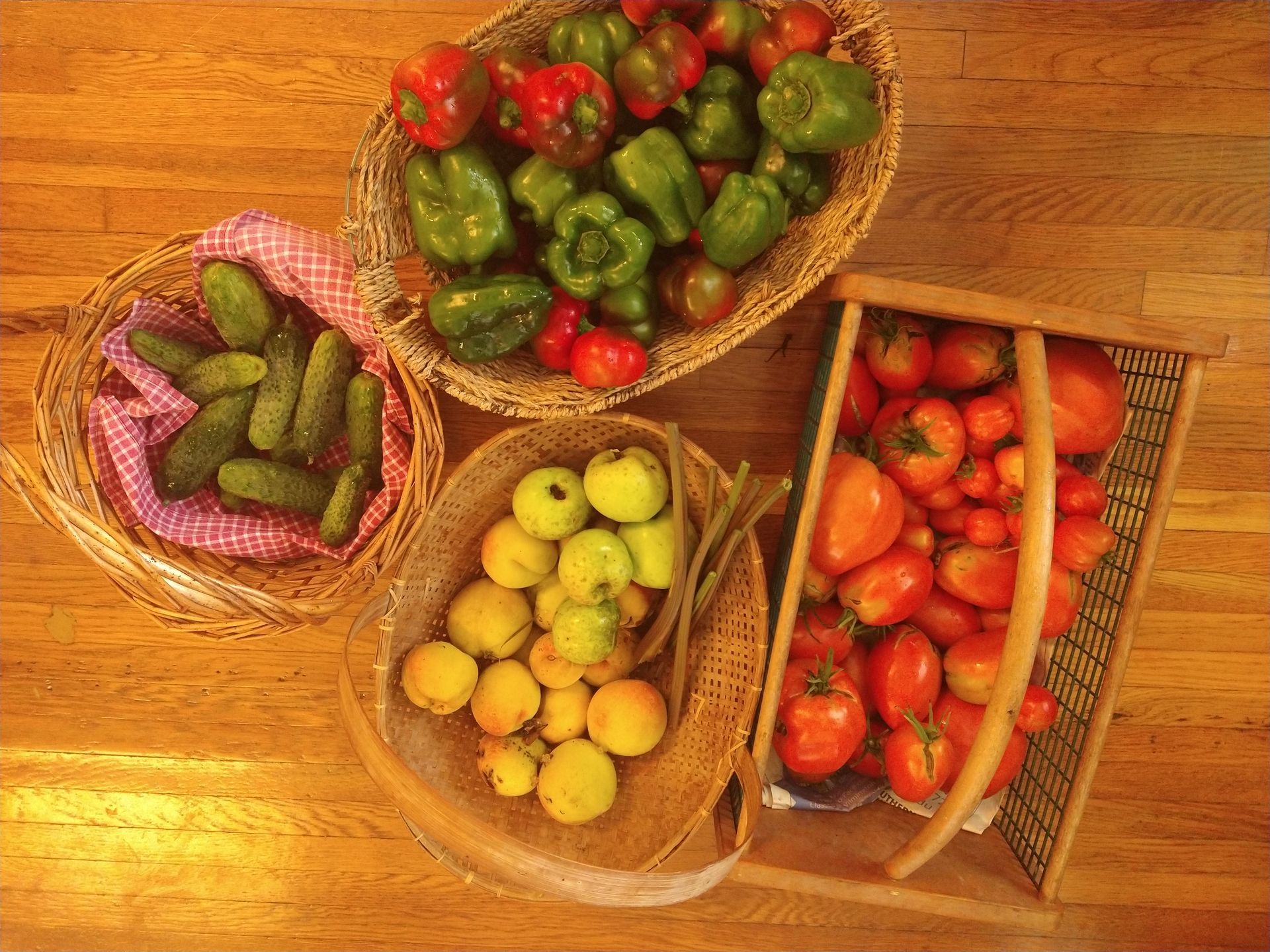
You probably identify with one or two of those incentives but just don’t have the space to grow food? Let’s set all of our brains to dreaming with the following scenario and then, in future blogs, we’ll get to the business of how to do these projects. Okay—let’s daydream possibilities for our futures:
Growing Food in Suburbs and Towns:
Instead of residential tidy lawns in the towns and cities, there are “cluttered” areas of green. We smile to realize that these disorganized spaces are actually plants of many heights and various shades of green. The boulevards have miniature fruit trees surrounded by a variety of herbs, beans, and tomato plants. Front yards are a beautiful jumble of flowering plants, beans on trellises, and cucumber vines extending over steep banks.
In the backyards, we find an array of activity. One yard has chickens clucking and scratching under cucumber plants that climb a trellis. A few feet away, squash vines grow along a winding path which leads to a fence covered with climbing beans. Hazelnut and berry bushes grow along the other fences, creating food for people and habitat for birds. What bounty in this small space!
A “French intensive garden” adorns the center of the yard. It has the appearance of a beautiful quilt whose various shades of green are made up of lettuce, herbs, and root crops. By the back porch four large rain barrels step down from the downspout. A hose on the last barrel snakes through the yard to provide water for the garden.
A woman brings a small bucket to the chickens-pen where she tosses eggshells, coffee grinds and vegetable peels onto the deep litter. This causes several chickens to come running with excited chatter. It’s fun to watch them scratch and eat. We know that their activity is turning this “deep litter” into compost for the garden.
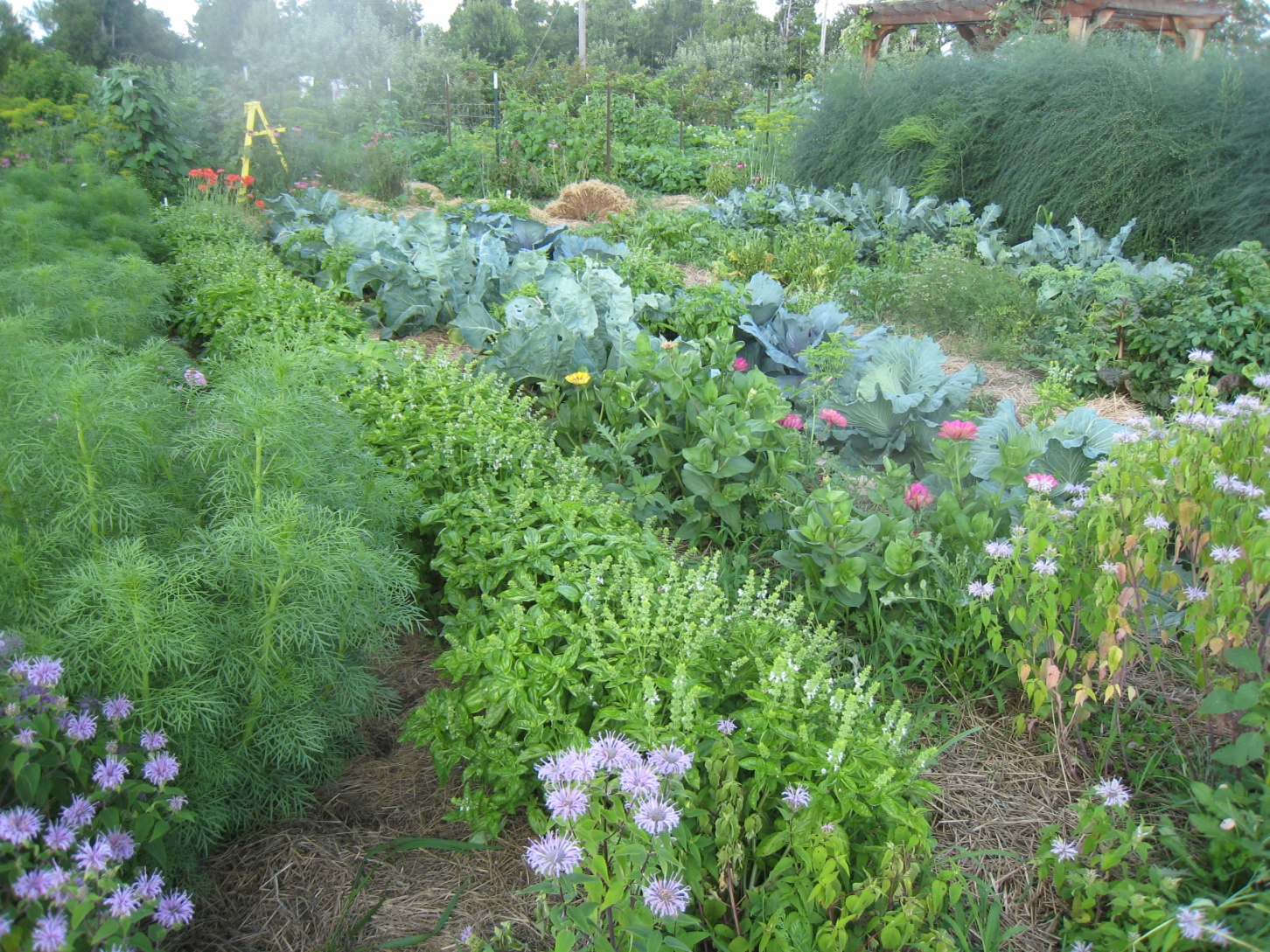
At the far side of the chicken yard, there are three bins where leaves, weeds, and older garden plants are also becoming compost. Three other hens are enthusiastically contributing to that composting process. Another couple chickens are scratching and pecking under a raised cage in which rabbits are munching on greens. The rabbits’ manure drops through the wire-mesh floor and provides more nutrients for the soil while the chickens keep the area clear of insects.
A neighbor then walks into the backyard and brings both garden produce for the chickens and tomatoes for the woman. He also gives her a jar of honey and receives eggs in return. Now we’re curious to see what’s in his backyard!
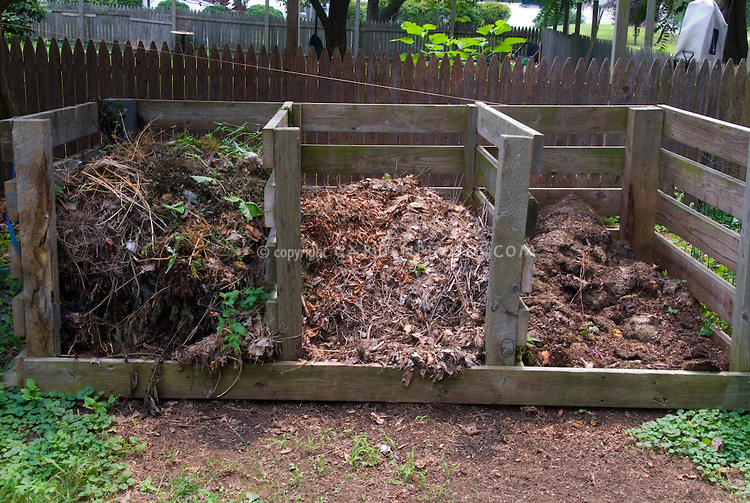
We don’t find chickens here, but there is again a beautiful garden. This garden uses the water from the roof in an interesting way; it receives rain water through fast-flowing soaker hoses whenever it rains. In this way, the size of a rain barrel doesn’t limit the amount of water available to the garden. The small yard also has fruit trees, a compost tumbler, and two beehives. We notice a bin for earthworms, called “vermiculture,” in a shady corner. Food and soil are being grown everywhere!
Growing Food in the City:
We’re impressed by the variety of amount of food that can be grown in people’s yards, but we also want to investigate the downtown area. Here again we are surprised by what we see. Areas that used to be lawns or sites of decrepit buildings are now crowded with plants. Not only are there fruit trees, berry bushes and beehives everywhere, but raised beds and gardens flourish even in the smallest spaces. Rooftops not only have beehives, but various-sized containers filled with beautiful vegetables and fruits.
Some vacant lots are utilized for compost materials. People bring branches from pruned fruit trees, grass, weeds, old garden plants, leaves, and food scraps. Many depart with composted soil for the gardens they tend. It’s satisfying to witness the happy hum of relaxed people talking, sharing, and working together. People even look healthier now their bodies seem full of joyful energy.
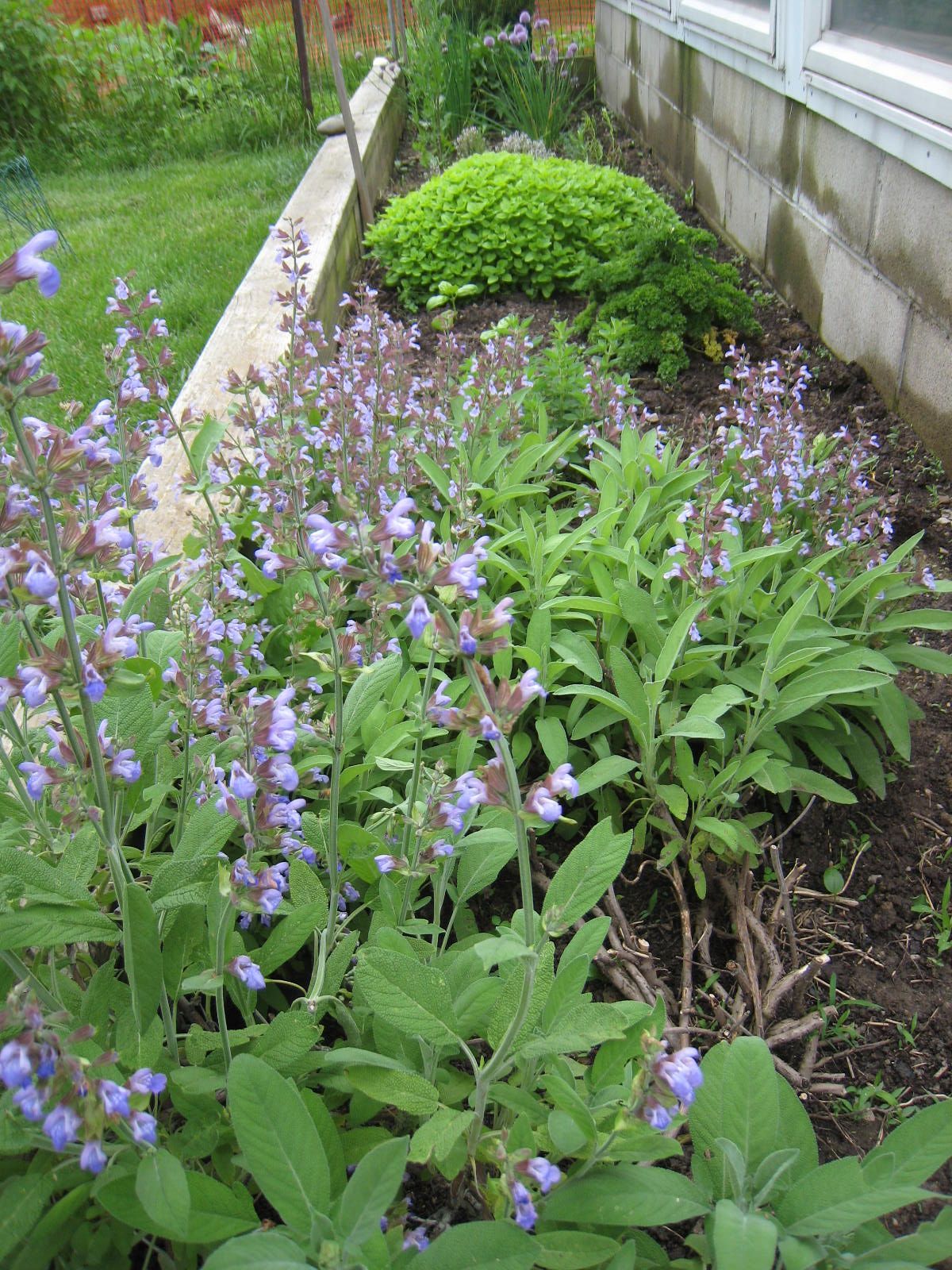
City parks have exchanged expanses of green lawn for concentrated growing areas tended by people who laugh and talk together as they work. In some areas there are raised beds densely green with growing fruits and vegetables. The source of their soil is evident as there are many rectangular chicken tractors where busy hens create compost by scratching through leaves, wood chips, and food scraps. They even provide eggs while making raised beds for next summer’s community gardens! We also notice irregularly-shaped hills on which fruit trees and berries are growing. This is called “hugelkultur,” and is a popular way to grow food with less water. Rotting wood, that would otherwise be wasted, is buried to provide heat, water and nutrients for the plants growing above.
Next we investigate the many greenhouses. Some are “lean-to” structures on the south side of existing buildings. The slant of their glass maximally captures the winter’s sunlight. Black barrels and smaller black jugs contain water to hold the sun’s heat for winter nights. Additionally, these greenhouses heat and humidify their attached buildings.
Some greenhouses have dozens of hanging plants inside with tubes extending below to tanks with water. These tanks contain tilapia fish which are an important protein source for people. This system of “aquaponics” uses the water with fish manure to fertilize the plants, and in return, the plants purify the water for the fish. We notice that all the people we’ve seen look content and happy, Is it because they feel productive and successful when working with nature?
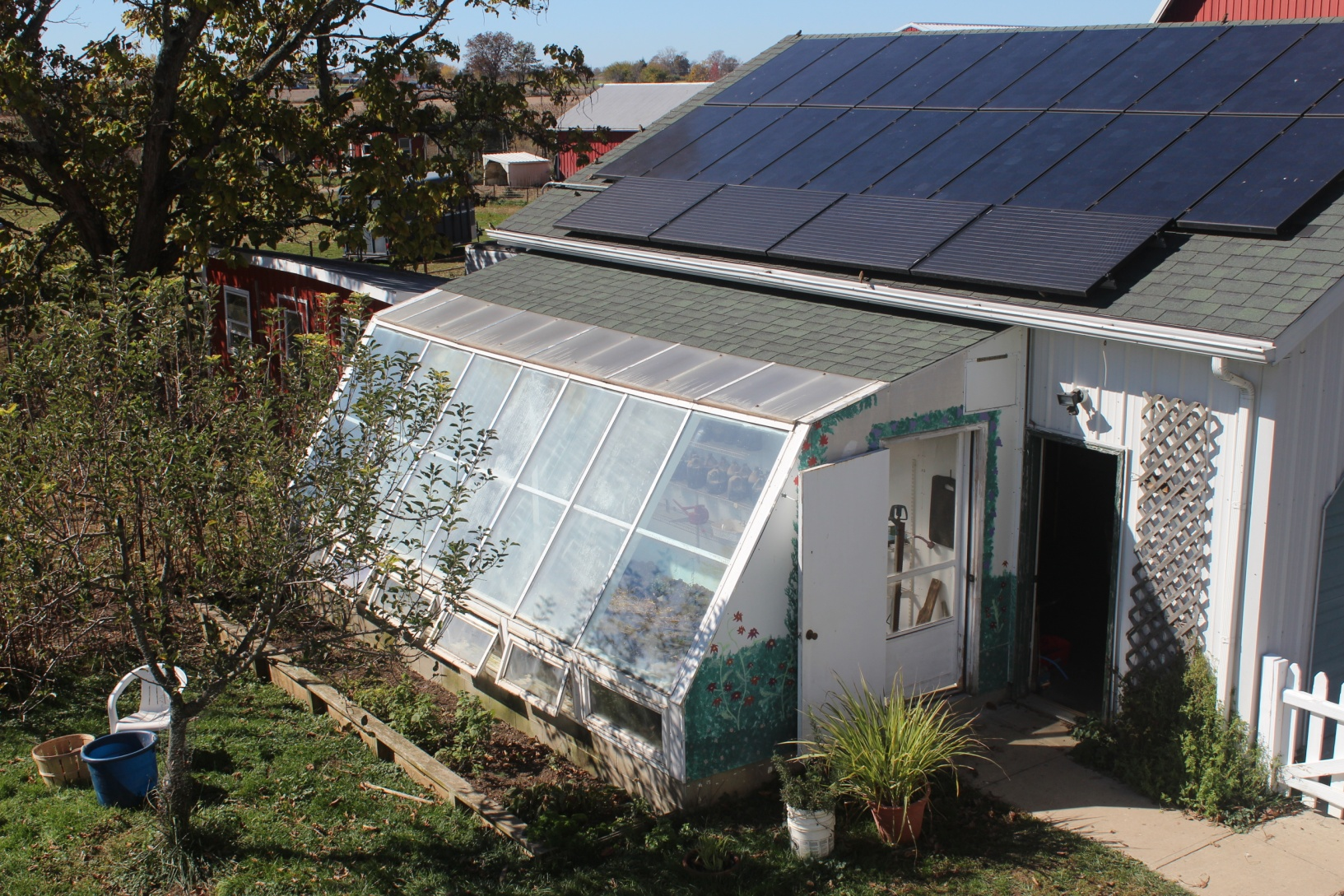
What Food Is Grown in the Country?
Touring this city is fun, but we also need to see what’s happening in the surrounding countryside. Once there, we’re gratified to find people growing food for their families using many of the same techniques as in the city. Apparently, a “beautiful lawn” is no longer defined as grass, but by having homes surrounded by densely growing food.
Additionally, the thousands of acres that had grown mono-crops have evolved into pastureland and small fields of grain. Spelt, wheat, and oat fields are being worked by horses. Cows are outside on pasture again, looking content while producing healthful milk and meat. Even without large tractors, there are plenty of grains, meat, and milk products to supplement peoples’ individual gardens.
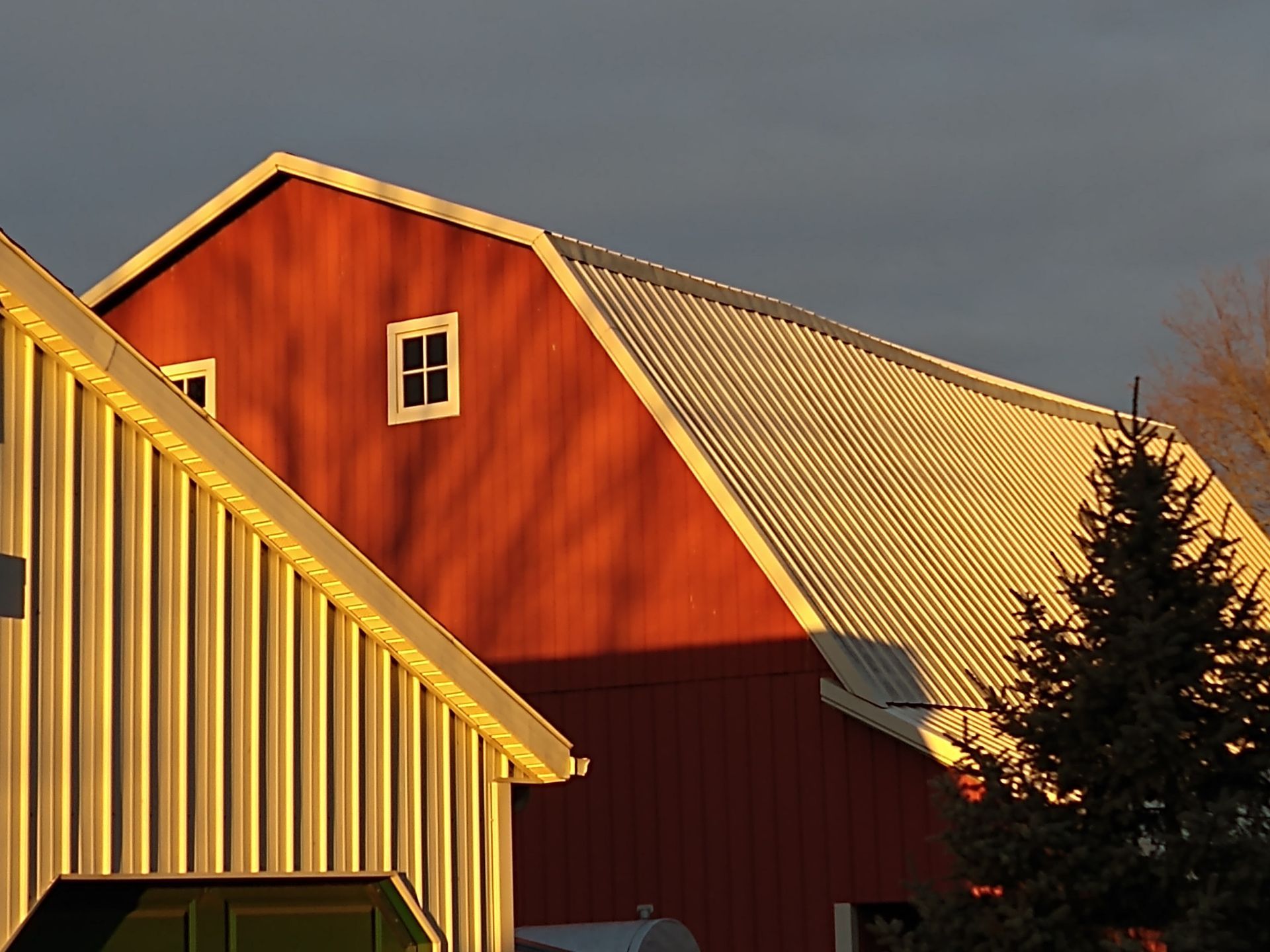
Whew—that was quite a tour! But when we begin a new venture, or delve deeper into what we’ve begun, it’s helpful to have the energy of a dreamer. With that energy, and with our motivation, the future “growing local food” blogs will take us step by step into being part of this enjoyable and necessary new world.
